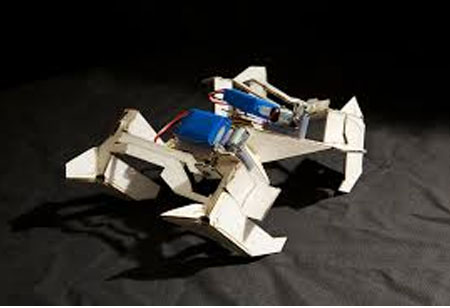THANK YOU FOR SUBSCRIBING
Origami-inspired Robots can Lift Heavy Weight
The researchers at the Massachusetts Institute of Technology and Harvard University have produced an assortment of origami-inspired robots.

By
Apac CIOOutlook | Thursday, January 01, 1970
Stay ahead of the industry with exclusive feature stories on the top companies, expert insights and the latest news delivered straight to your inbox. Subscribe today.
The researchers at the Massachusetts Institute of Technology and Harvard University have produced an assortment of origami-inspired robots that can lift up to a thousand times their weight and still be sufficiently adroit to pick a fragile flower. The devices were examined in the Proceedings of the National Academy of Sciences and proposed a distinctive approach to give soft robots super-quality, which could be used completely from inside our bodies to space.
Experts have made several attempts to make robots with delicate parts. The director of MIT's Artificial Intelligence Laboratory and Computer Science, Roboticist Daniela Rus and her associates were studying the soft robots for quite some time now because they are safe to deal with. Yet, there's been one critical drawback to soft-bodied robots that dissimilar to robots made out of hard materials; they're not separately power-lifters.
Daniela and her associates settled this trouble by drawing upon origami strategies, which have recently demonstrated helpful for making numerous sorts of robots. For this work, the researchers utilized origami methods to create muscle-like structures that could give limb adaptability yet empower it to move without requiring any hard parts. They outlined folded structures mainly intended to abbreviate, twist, wind or curve into particular shapes when they were packed.
The researchers observed that some origami muscles could pack down to a tenth of their actual size, or raise up to a thousand times their weight. They could be helpful everywhere, for assembling in space or permit wearable exoskeletons for lifting large objects or be sent to test remote ocean situations. A more human-scale verification of idea could be next on the to-construct list, the researcher said.





